Imagine standing at the rim of a vast caldera, the earth beneath your feet formed by unimaginable forces millions of years ago. The wind carries the scent of pine and sage, and a distant geyser erupts in a dazzling display. It’s hard not to feel a sense of awe when you realize you’re standing on the remnants of ancient volcanoes, their stories woven into the landscapes of America’s national parks. As National Park Week arrives, it’s the perfect moment to celebrate how these protected lands preserve not only natural beauty, but also the fiery history that shaped our planet.
The Fiery Origins Beneath Our Feet
Beneath many national parks lie hidden stories of cataclysmic eruptions and rivers of molten rock. Over millions of years, volcanoes have sculpted mountains, valleys, and lakes that are now home to vibrant ecosystems. The dramatic forces that once tore open the earth left behind some of the most stunning scenery imaginable. When we hike through these parks, we are quite literally walking on the cooled remains of ancient fire. These volcanic features are not just relics of the past—they are living laboratories, offering glimpses into Earth’s geological history and the immense power that continues to shape our world.
Yellowstone: The Supervolcano’s Legacy

Yellowstone National Park sits atop one of the world’s largest active volcanic systems. Its bubbling hot springs, mud pots, and iconic geysers are fueled by the heat of an immense magma chamber below. Every eruption in Yellowstone’s ancient past left behind thick layers of ash that blanketed continents and shaped climates. Scientists have pieced together this story from rock layers, mineral deposits, and the park’s unique geothermal features. Walking through Yellowstone, it’s impossible not to sense the restless energy beneath the surface—a silent reminder of the park’s volcanic legacy.
Crater Lake: The Blue Gem of a Collapsed Volcano
Crater Lake National Park in Oregon is home to one of the most breathtaking volcanic wonders in the world. Nearly eight thousand years ago, Mount Mazama erupted with such force that it collapsed in on itself, leaving behind a massive caldera. Over time, rain and snow filled the caldera, creating Crater Lake, renowned for its astonishingly deep blue color. The park protects not only the lake but also the surrounding pumice fields and volcanic spires, each a testament to the explosive forces that shaped the region. Visitors marvel at the serene waters, often unaware of the violent history hidden beneath the surface.
Lava Beds: A Maze of Underground Wonders
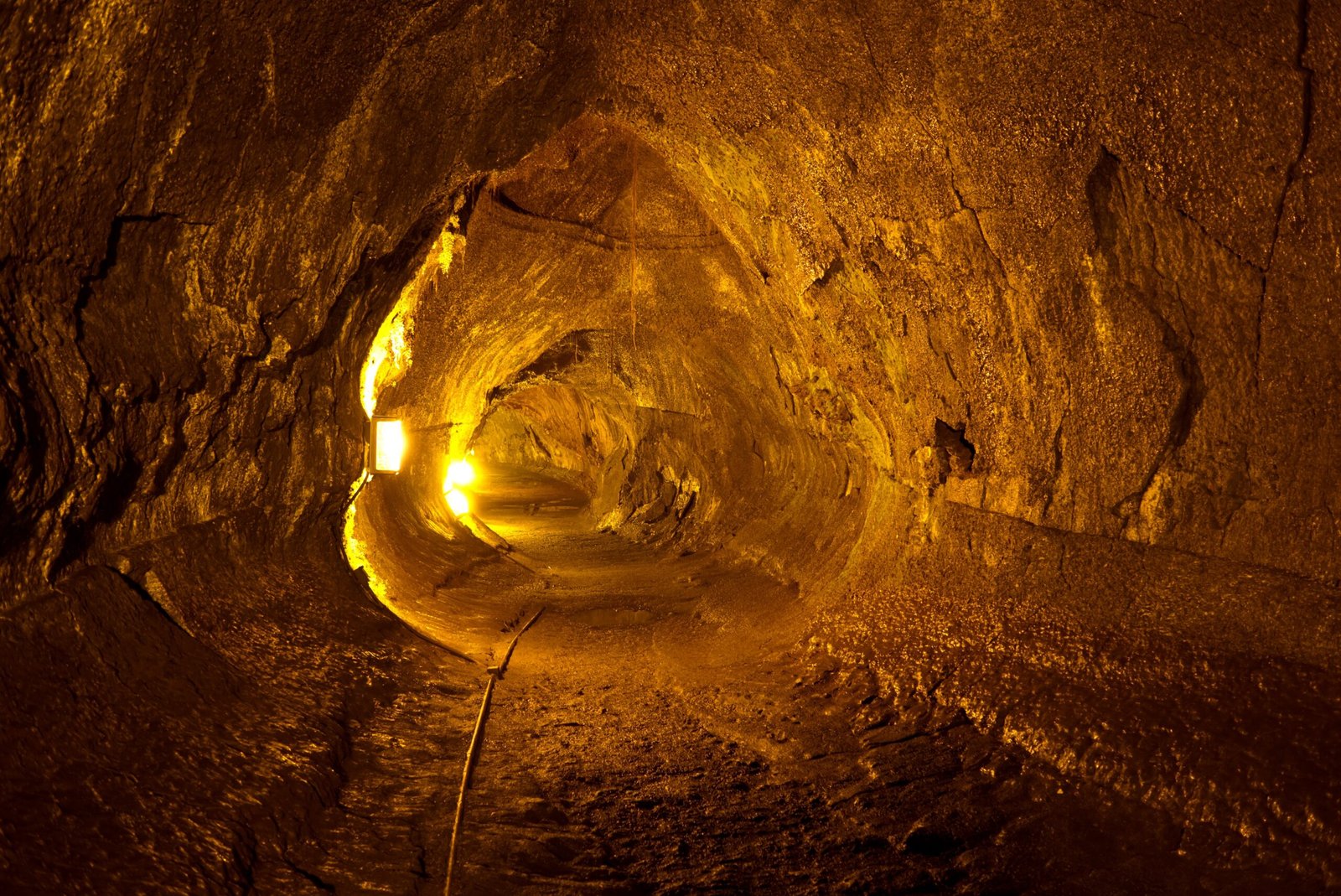
Lava Beds National Monument in California is a landscape unlike any other. Here, ancient lava flows have created a network of over 800 caves, ranging from narrow crawl spaces to massive chambers. These underground tunnels formed as rivers of molten rock cooled and hardened on the outside, while the interior continued to flow. Today, the park offers a unique opportunity to explore these dark, mysterious passages—a direct connection to the earth’s fiery heart. The lava tubes shelter unique species and preserve delicate evidence of both natural and human history, from rare ice formations to ancient petroglyphs.
Hawai‘i Volcanoes: Islands Born of Fire
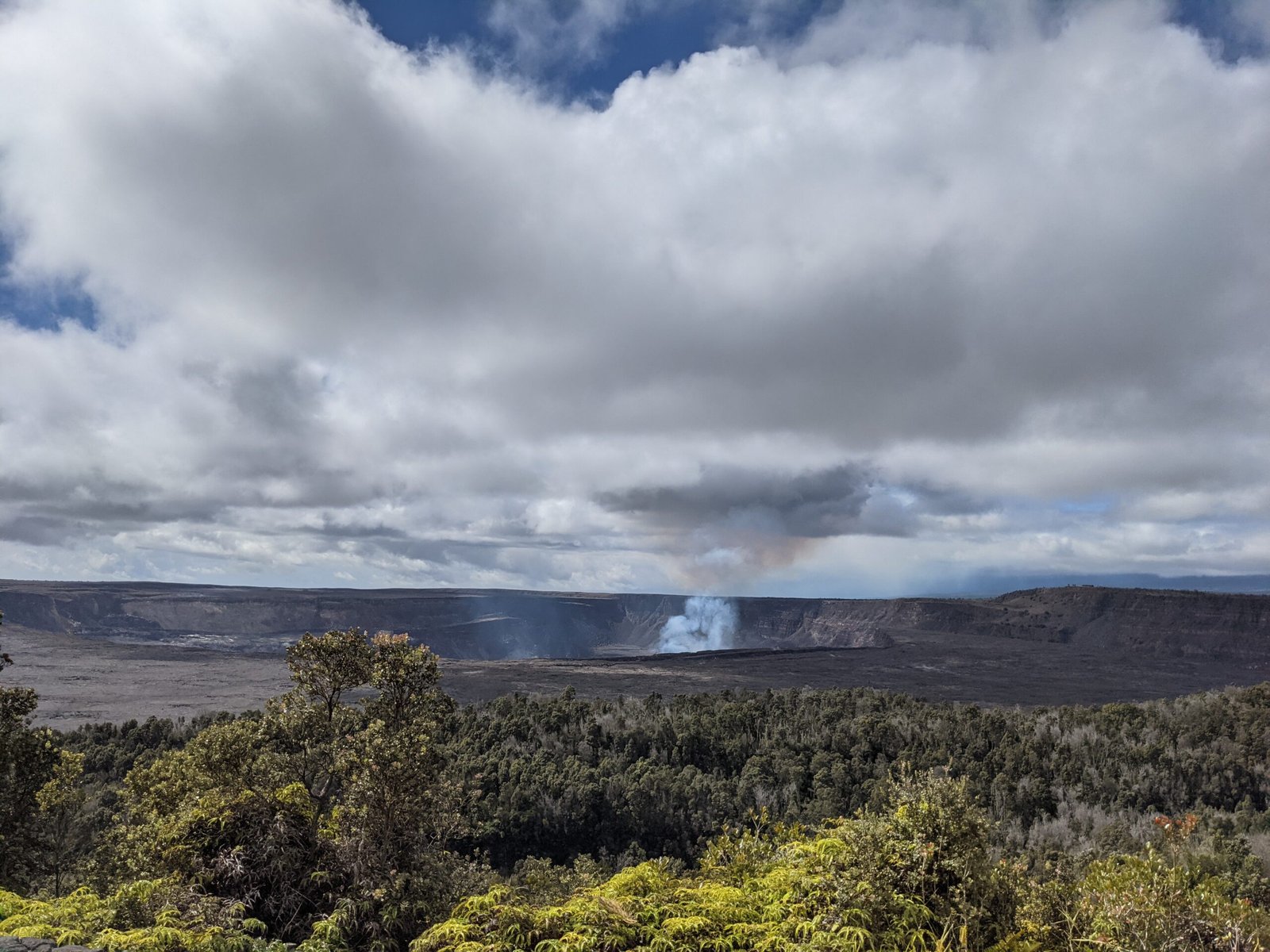
Hawai‘i Volcanoes National Park is a living tribute to creation itself. The islands of Hawai‘i were born from the relentless eruptions of undersea volcanoes, and Kīlauea and Mauna Loa remain among the world’s most active volcanoes. The park is a dynamic, ever-changing landscape, where visitors can witness molten lava flowing into the ocean, creating new land before their eyes. Indigenous Hawaiian culture is deeply intertwined with these volcanoes, which are revered as sacred. The park preserves both the geological wonders and the cultural stories, offering a powerful reminder of the deep connections between people and land.
Mount Rainier: Towering Remnant of an Active Past
Mount Rainier National Park in Washington is dominated by its namesake peak—a towering, ice-capped volcano that last erupted in the 19th century. Glaciers carved by ancient eruptions now flow down its flanks, supporting lush forests and wildflower meadows. The mountain’s volcanic soils nourish a rich array of plant life, while its glaciers feed rivers that support salmon and other wildlife. Mount Rainier’s imposing presence is a constant reminder of the region’s volatile origins, and the park’s scientists keep a careful watch for signs of future eruptions.
Valles Caldera: A Window Into Earth’s Powerful Forces
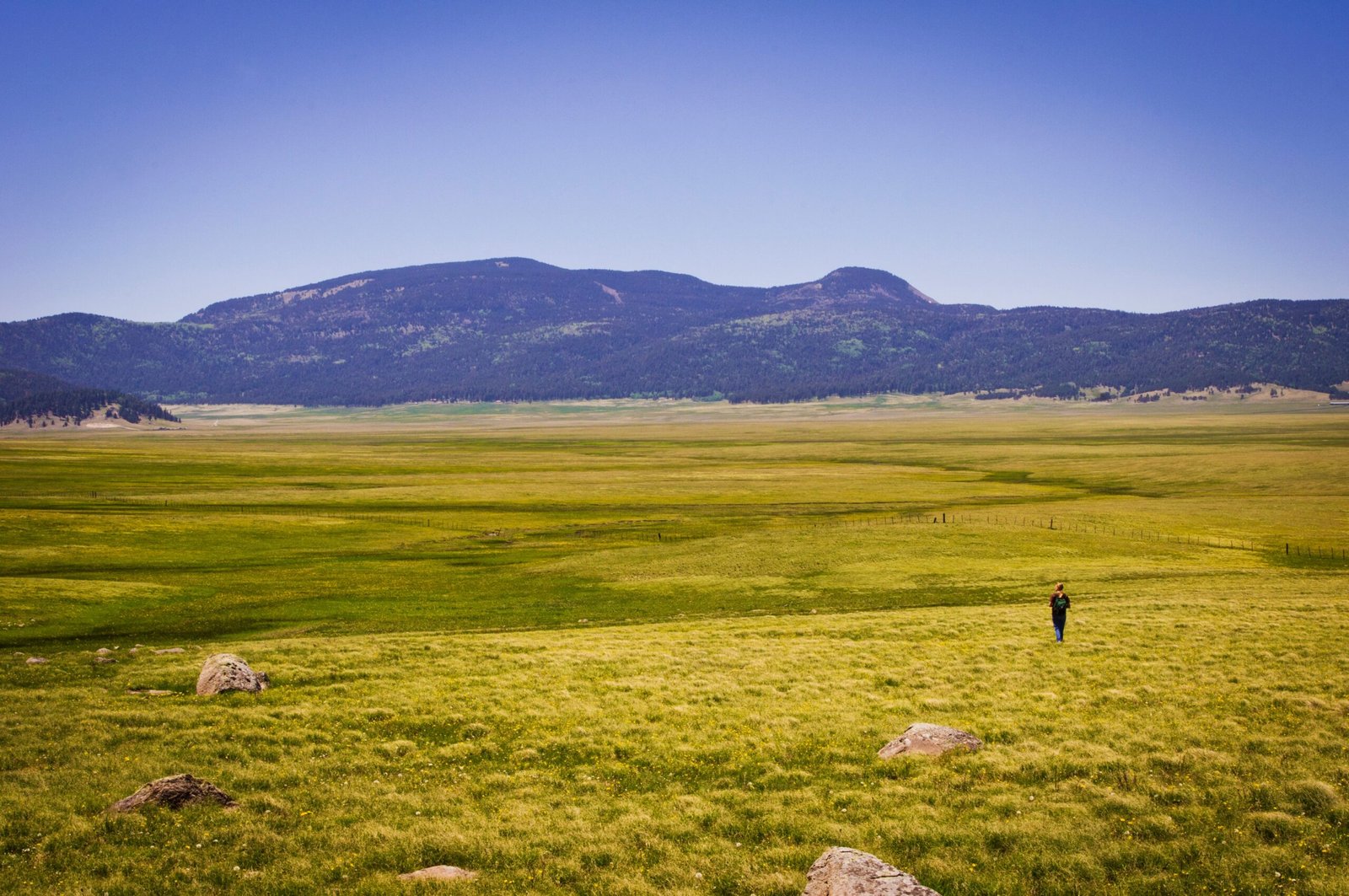
Valles Caldera National Preserve in New Mexico is one of the world’s best examples of a resurgent caldera—a giant crater formed by a supervolcano. The caldera’s floor is a lush grassland ringed by forested slopes, dotted with hot springs and fumaroles. Scientists flock to Valles Caldera to study its unique geology and learn how supervolcanoes have influenced Earth’s climate and ecosystems. For visitors, the sweeping views and abundant wildlife offer a peaceful contrast to the violent events that created this hidden gem.
Capulin Volcano: A Perfect Cone in the Grasslands
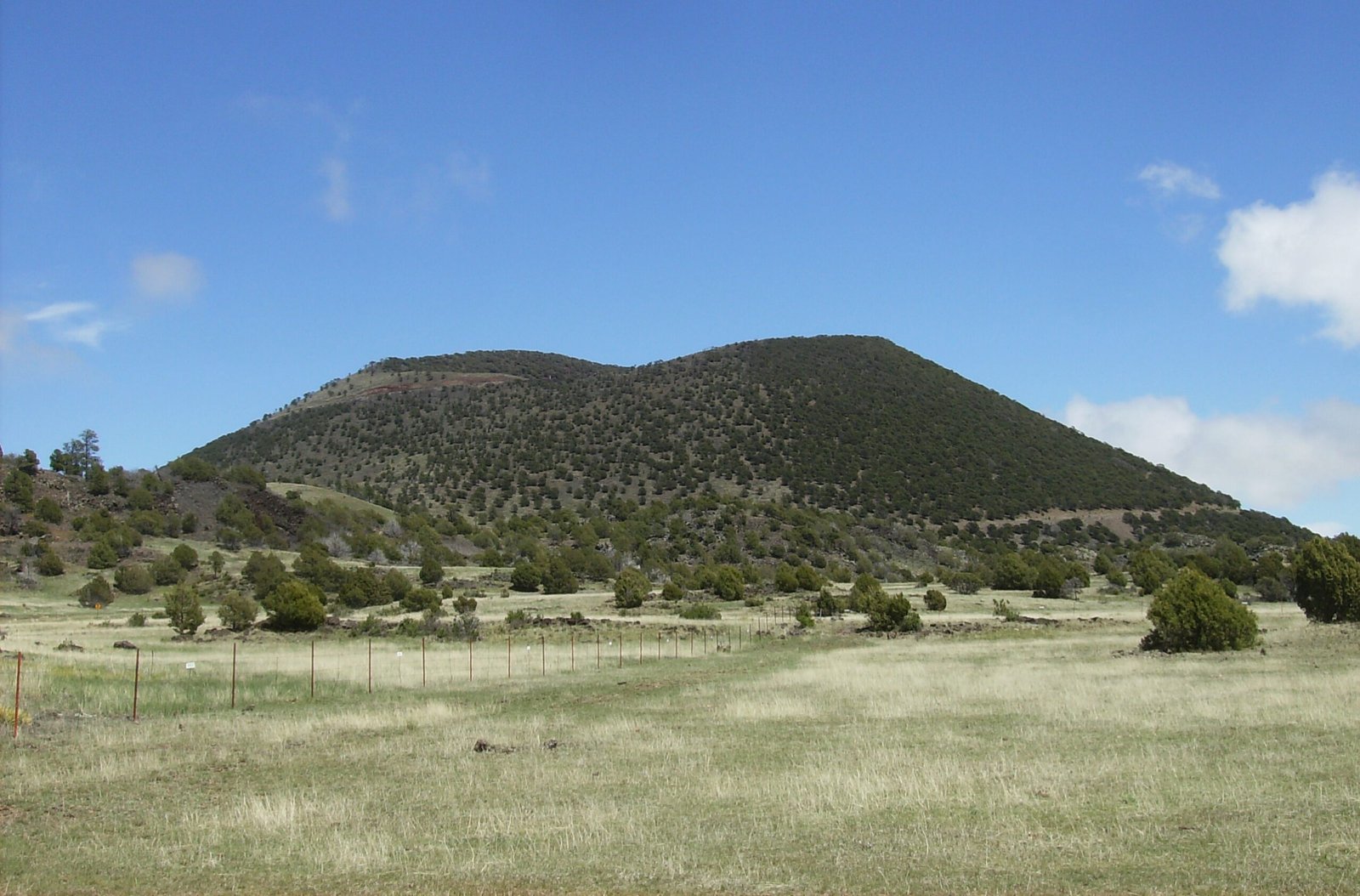
Capulin Volcano National Monument in New Mexico is a striking example of a classic cinder cone, rising dramatically from the surrounding plains. Around 60,000 years ago, lava and ash erupted from the earth, building the cone and creating a landscape dotted with smaller volcanic features. Today, visitors can hike to the rim and peer into the crater, gaining a literal and figurative perspective on the region’s geologic past. The park’s interpretive trails reveal how volcanic activity shaped the local environment and continues to influence life today.
Pinnacles: Spires Sculpted by Eruption and Erosion
Pinnacles National Park in California boasts a landscape of jagged rocks, towering spires, and mysterious caves. These formations are the remnants of an ancient volcano that erupted 23 million years ago, its rocks slowly transported hundreds of miles by the shifting San Andreas Fault. Over time, wind and water sculpted the volcanic debris into the dramatic formations seen today. The park is also a sanctuary for rare wildlife, including the endangered California condor, whose survival is intertwined with the unique geology of the region.
Preservation Through Science and Stewardship
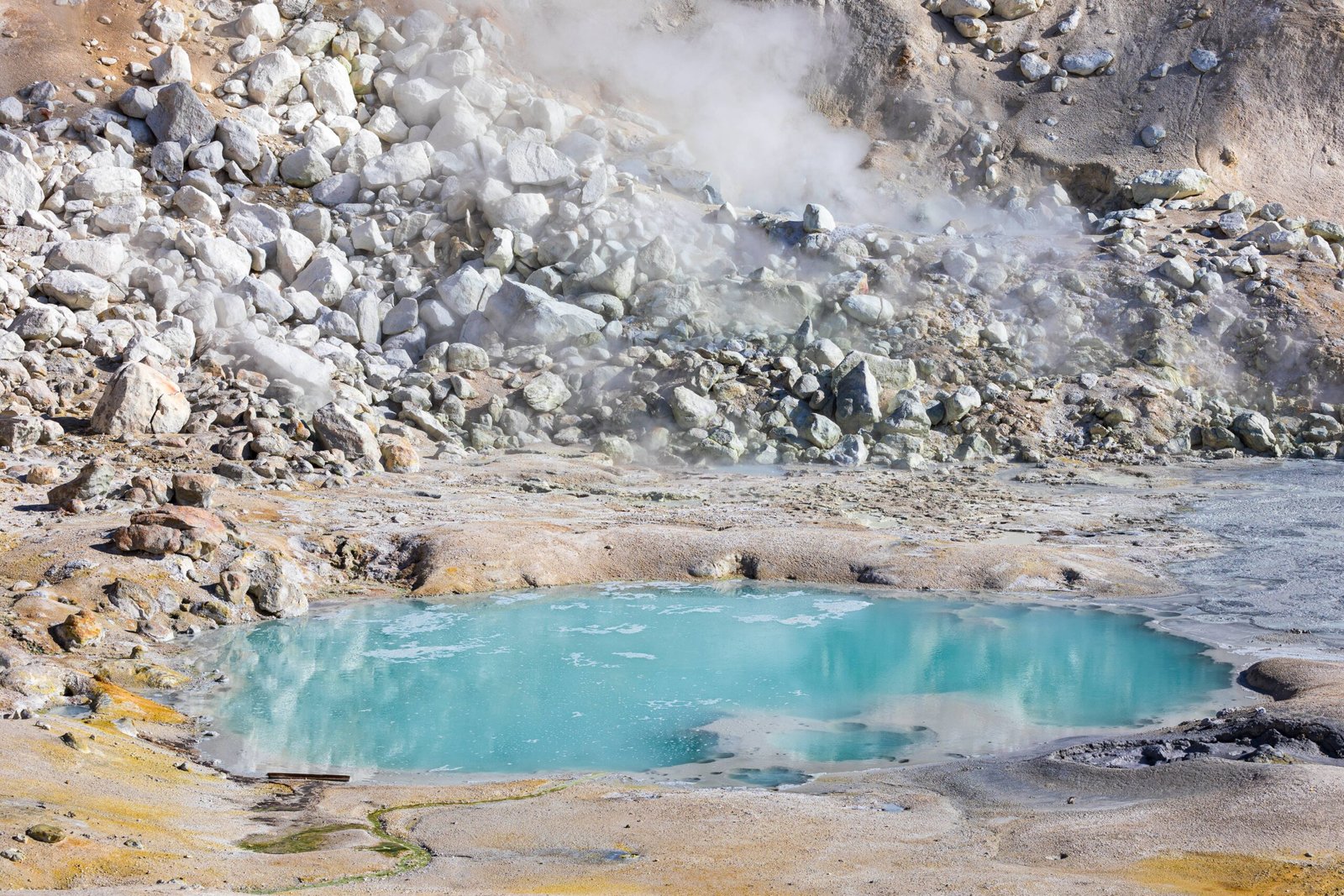
National parks serve as living museums, protecting volcanic landscapes from development and degradation. Scientists conduct research within these parks to unlock the secrets of our planet’s past, from the chemistry of ancient lava flows to the fossils preserved in volcanic ash. Park rangers and educators share these discoveries with visitors, inspiring a sense of wonder and responsibility. By preserving these sites, national parks ensure that future generations can witness and learn from Earth’s volcanic history firsthand.
Igniting Curiosity: Inspiring the Next Generation
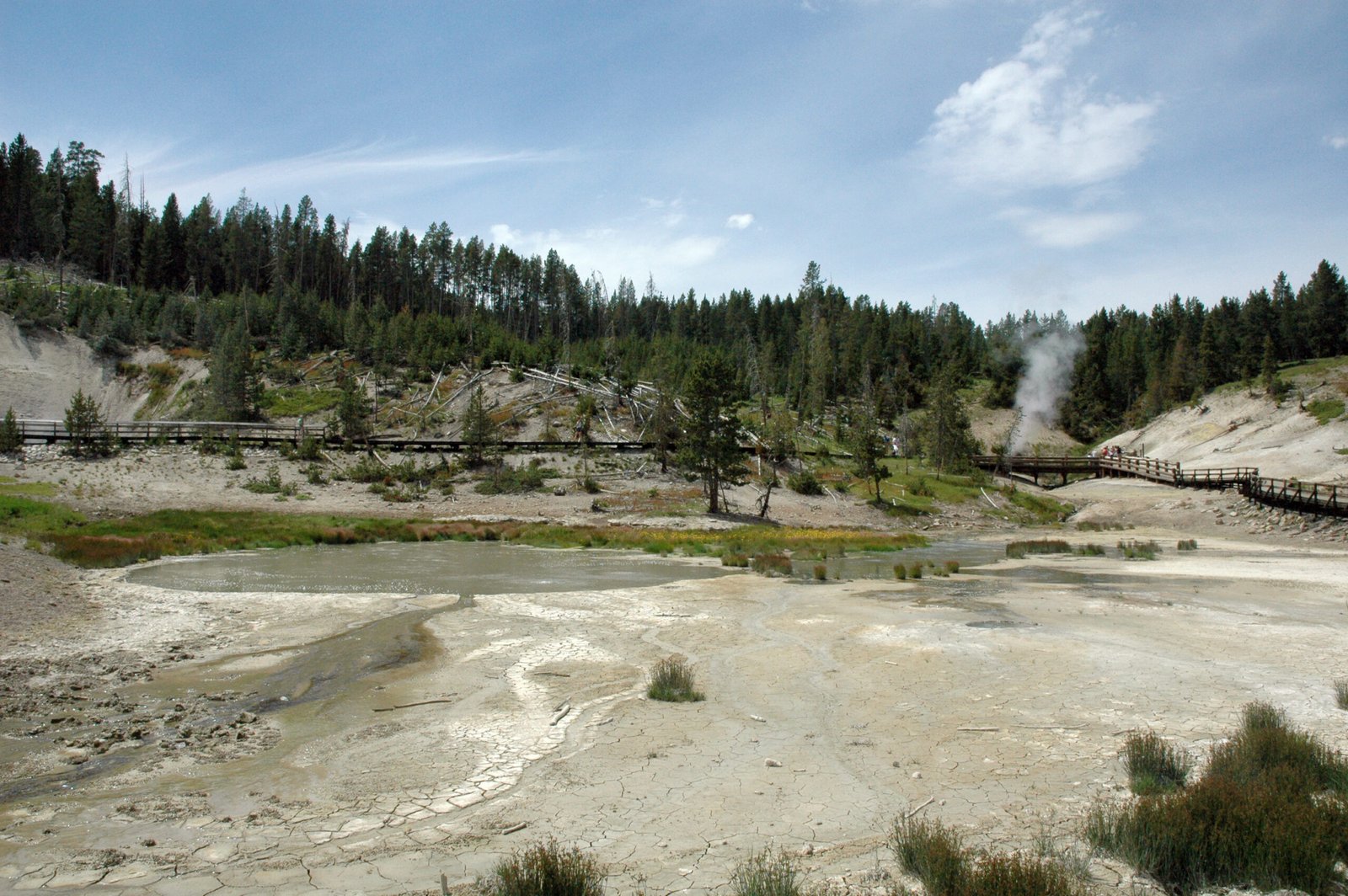
The volcanic stories preserved in our national parks are more than just scientific curiosities—they are sources of inspiration for young minds. School groups visit these parks to see geology come alive, touching rocks formed in fire and peering into steaming vents. Artists, writers, and explorers find endless creativity in the dramatic landscapes. The parks remind us that the earth is always changing, and that understanding our planet’s past is key to protecting its future. National Park Week invites everyone to connect with these powerful places, to learn, explore, and be amazed by the wonders that lie just beneath the surface.


